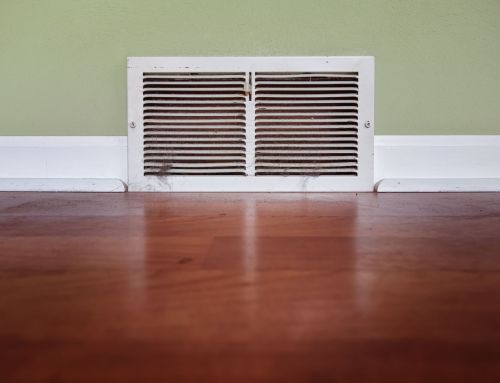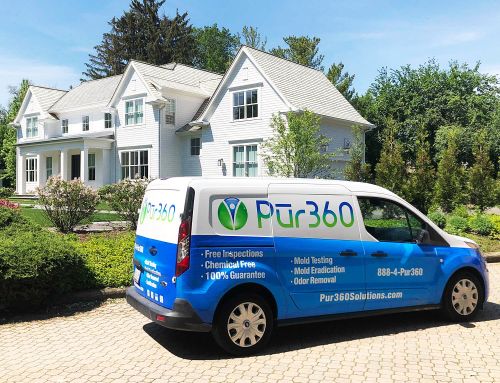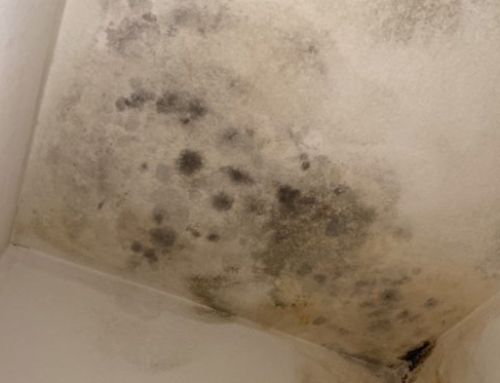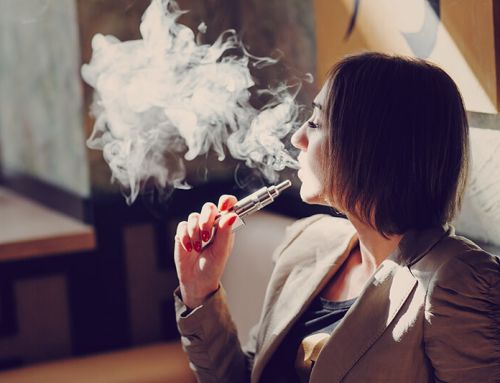Most people are familiar with the dangers of firsthand and secondhand smoke, but thirdhand smoke is a lesser-known yet equally hazardous part of tobacco exposure. Thirdhand smoke refers to the residual tobacco smoke contamination that builds up on surfaces over time. It contains harmful chemicals, including carcinogens, which can be re-emitted into the air or react with other compounds to form potentially toxic substances.
Unlike firsthand and secondhand smoke, which disperse relatively quickly, this type of smoke can linger long after smoking has occurred. Even after the visible smoke dissipates and the air clears, these toxic chemicals cling to indoor surfaces such as walls, furniture, carpets, and clothing. This means residual tobacco smoke contaminants may still be present after someone stops smoking, posing potential health risks to occupants.
What are the health effects?
The toxic chemicals of thirdhand smoke react with other compounds in the environment to form new dangerous substances. Long-term exposure has been linked to a range of adverse health effects, including respiratory problems, asthma, and developmental issues in children.
Infants and young children are at greater risk for exposure than adults due to activities such as crawling and putting non-food items in their mouths. Pregnant women exposed to this smoke residue may experience complications such as low birth weight and preterm birth.
Research shows that it can contribute to indoor air pollution and may contain harmful substances such as nicotine, carcinogens, and volatile organic compounds (VOCs). These chemicals can be absorbed through the skin, ingested through hand-to-mouth contact, or inhaled as dust particles become airborne.
Thirdhand Smoke and Cancer
While research on the specific long-term health effects of thirdhand smoke is ongoing, there is evidence suggesting that exposure to the chemicals found in this smoke residue may increase the risk of certain types of cancer. The American Lung Association states that there are over 250 residual chemicals found in thirdhand smoke, including nicotine, as well as cancer-causing substances such as formaldehyde and naphthalene. However, more studies are needed to fully understand the extent of cancer risks associated with exposure.
Getting Rid of Thirdhand Smoke
The simplest way to prevent thirdhand exposure is to make your home 100% smoke-free. This isn’t always possible unless you are purchasing new construction houses. The Respiratory Health Association explains that tests have found measurable levels of nicotine in new residents staying in homes where a smoker once lived– even after the unit has been professionally cleaned and left unoccupied for months.
According to Mayo Clinic, “Thirdhand smoke can’t be eliminated by airing out rooms, opening windows, using fans or air conditioners, or confining smoking to only certain areas of a home. Traditional household cleaning often cannot effectively remove thirdhand smoke from many surfaces.”
Traditional methods like painting only conceal nicotine stains on walls, while regular washing may prove ineffective against thirdhand smoke. At Pur360, we take a comprehensive approach to tackle the issue. Our service ensures the complete elimination of cigarette smoke residue and odor. In just 24 hours, our patented chemical-free process eliminates odors without requiring washing, cleaning, or replacement.



